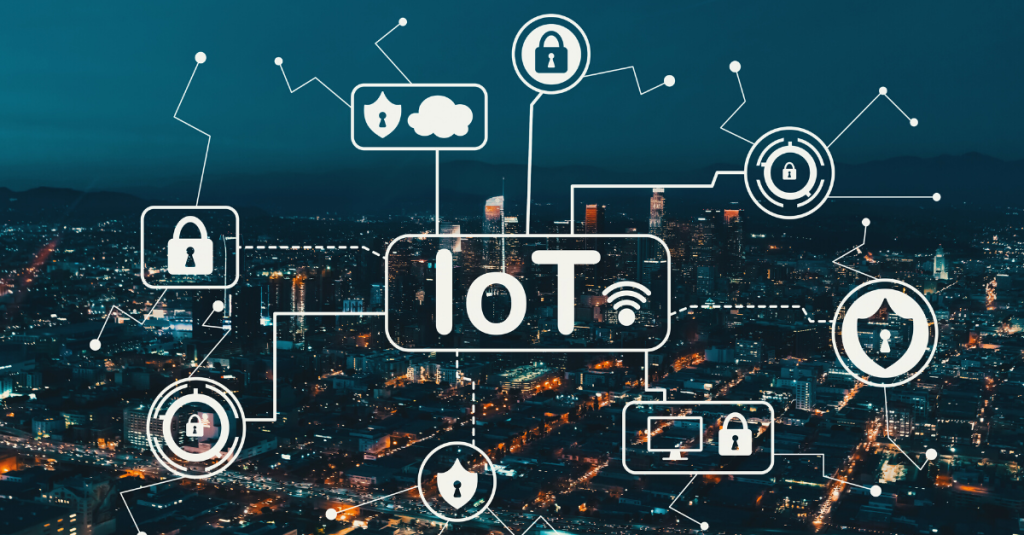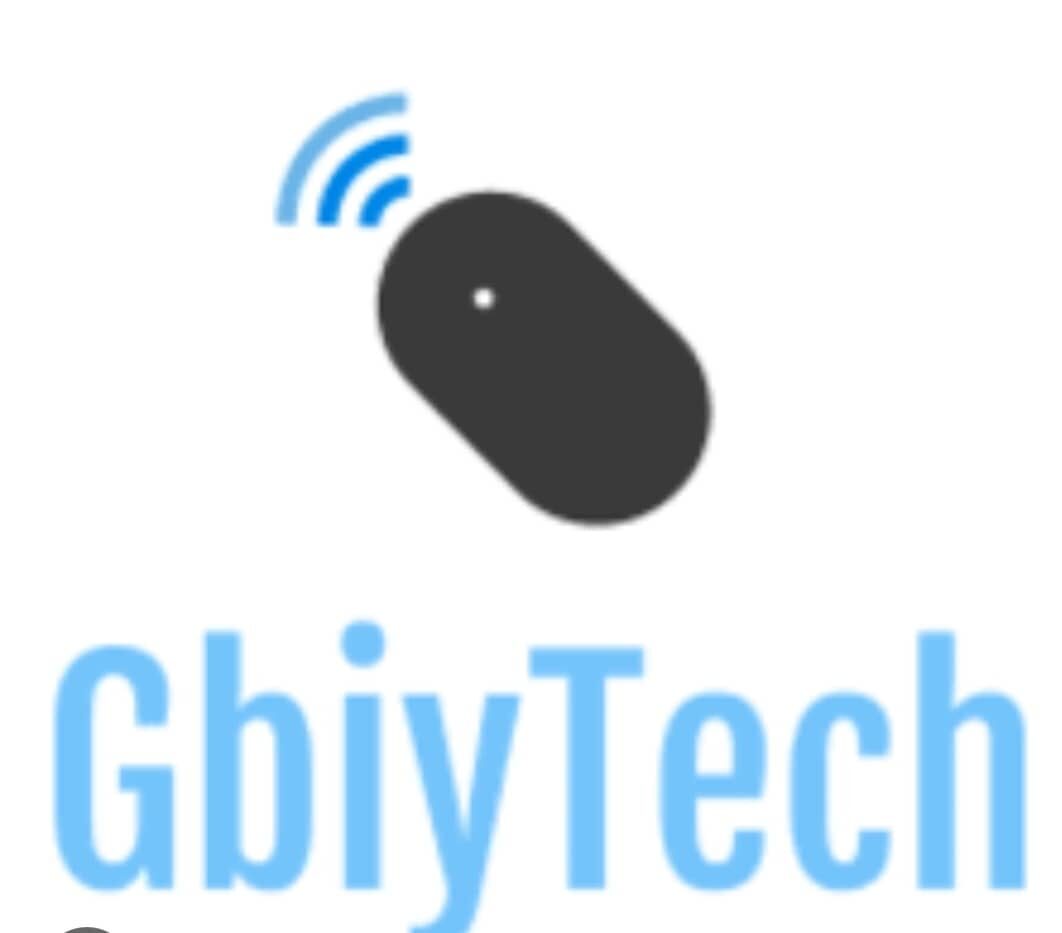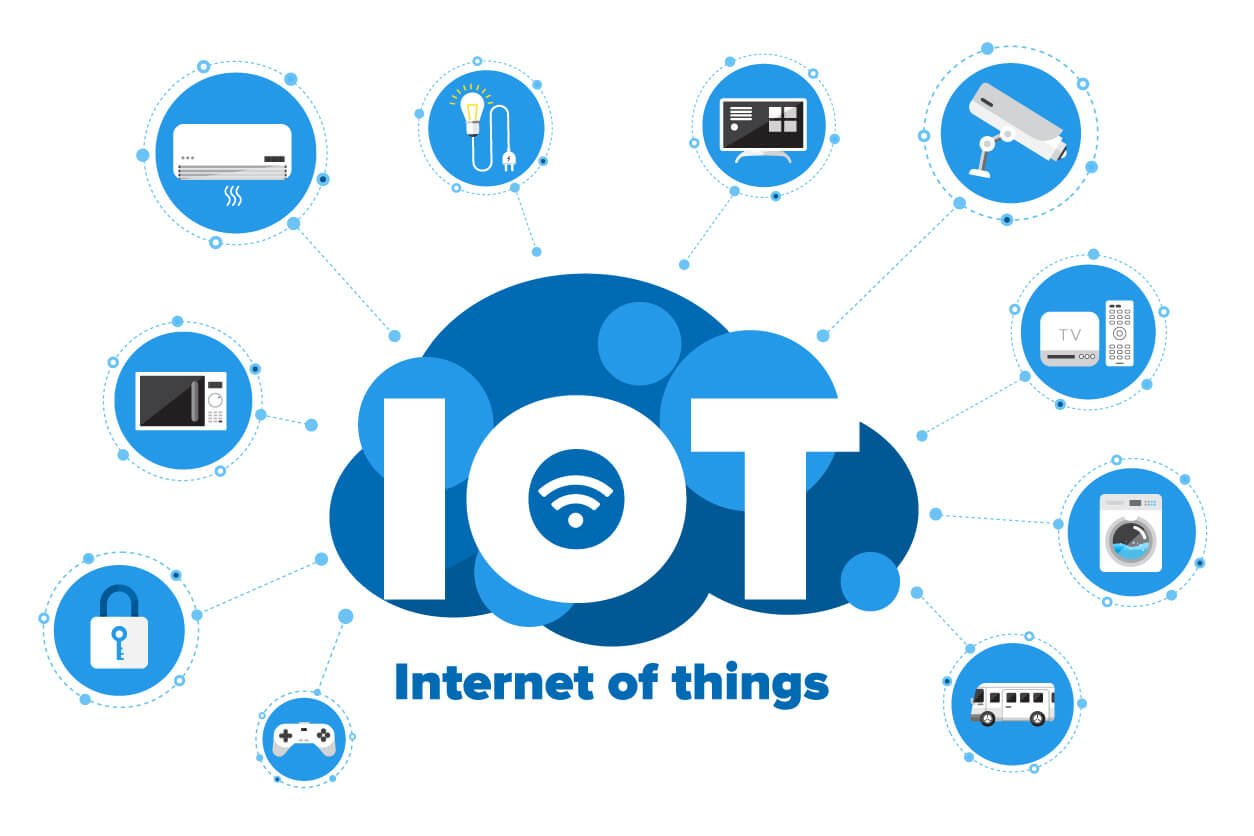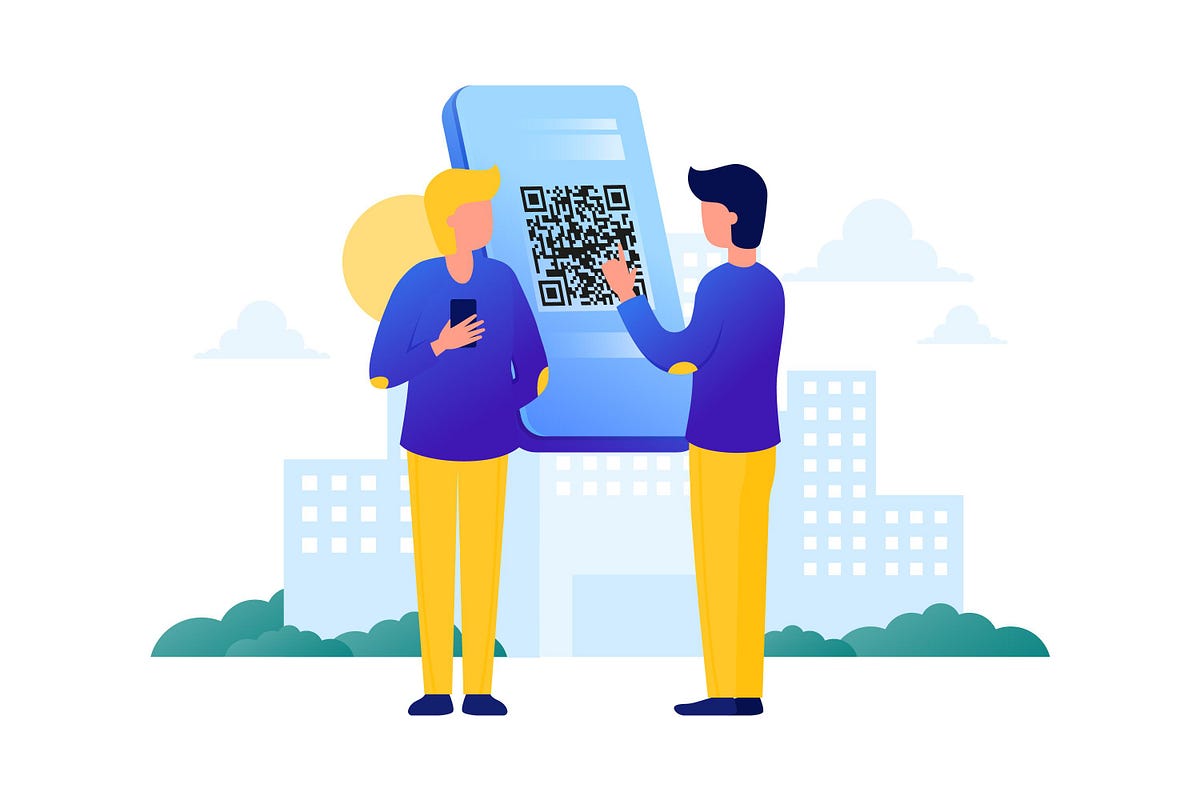The Internet of Things (IoT) has emerged as a transformative force, weaving a digital tapestry that connects the physical and virtual worlds. In a world increasingly defined by interconnected devices, sensors, and systems, the IoT is reshaping industries, cities, and everyday lives. This article explores the multifaceted landscape of the Internet of Things, examining its evolution, current state, challenges, and the myriad possibilities it holds for the future.
I. Evolution of the Internet of Things:
The roots of IoT trace back to the early 1980s when the idea of embedding sensors in everyday objects was first conceptualized. However, it was the convergence of affordable sensors, advanced communication technologies, and cloud computing that paved the way for the exponential growth of IoT. Today, the ecosystem encompasses a vast array of devices, from smart appliances and wearables to industrial machinery and autonomous vehicles.

II. Core Components of IoT:
- Sensors and Actuators: At the heart of IoT are sensors and actuators that collect and transmit data from the physical world. These devices are the eyes and ears of the IoT, capturing information on temperature, humidity, location, and various other parameters.
- Connectivity: The seamless flow of information requires robust connectivity. IoT devices utilize a range of communication protocols, including Wi-Fi, Bluetooth, Zigbee, and cellular networks, to ensure constant and reliable data transmission.
- Data Processing and Analytics: The vast amount of data generated by IoT devices necessitates sophisticated processing and analytics capabilities. Cloud-based platforms and edge computing play a crucial role in deriving actionable insights from raw data.
- Security: As IoT permeates every facet of life, concerns about data security and privacy have become paramount. Robust encryption, authentication mechanisms, and regular security updates are essential to safeguarding IoT ecosystems.
III. Applications Across Industries:
- Smart Homes: IoT has revolutionized the way we interact with our living spaces. Smart thermostats, lighting systems, and security cameras enhance convenience, energy efficiency, and home security.
- Healthcare: Wearable devices and remote monitoring solutions have transformed healthcare delivery. From tracking vital signs to managing chronic conditions, IoT is ushering in a new era of personalized and proactive healthcare.
- Industrial IoT (IIoT): Industries are undergoing a digital transformation with the integration of IoT into manufacturing processes. Predictive maintenance, real-time monitoring, and supply chain optimization are just a few examples of IIoT applications.
- Smart Cities: Municipalities are leveraging IoT to create smart, sustainable cities. Intelligent traffic management, waste disposal systems, and energy-efficient infrastructure contribute to improved urban living.

IV. Challenges and Concerns:
- Interoperability: The diverse array of devices and platforms in the IoT ecosystem poses interoperability challenges. Standardization efforts are underway to ensure seamless communication between different IoT devices.
- Security and Privacy: The proliferation of connected devices has raised significant concerns about data security and privacy. Stricter regulations and advancements in cybersecurity are necessary to address these issues.
- Scalability: As the number of IoT devices continues to skyrocket, scalability becomes a critical consideration. Infrastructure must be capable of handling the increasing volume of data and devices in a sustainable manner.
V. The Future of IoT:
- 5G and Edge Computing: The rollout of 5G networks will significantly enhance the speed and reliability of IoT communication. Combined with edge computing, which processes data closer to the source, these technologies will unlock new possibilities for real-time applications.
- Artificial Intelligence Integration: The synergy between IoT and artificial intelligence (AI) is poised to reshape industries. Machine learning algorithms will analyze vast datasets to provide insights, automate processes, and enable more informed decision-making.
- Blockchain for Security: Blockchain technology is emerging as a potential solution for enhancing the security of IoT ecosystems. Its decentralized and tamper-resistant nature could mitigate risks associated with data breaches and unauthorized access.
The Internet of Things stands at the intersection of technology and innovation, weaving a tapestry of connectivity that is reshaping our world. From smart homes to industrial processes and smart cities, the impact of IoT is profound. As we navigate the challenges and concerns associated with this interconnected future, the potential for transformative change and unprecedented possibilities beckons. The journey of the Internet of Things is only just beginning, promising a future where the physical and digital realms seamlessly converge for the betterment of society.



